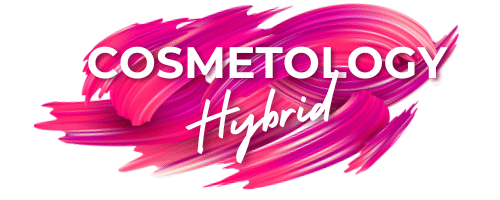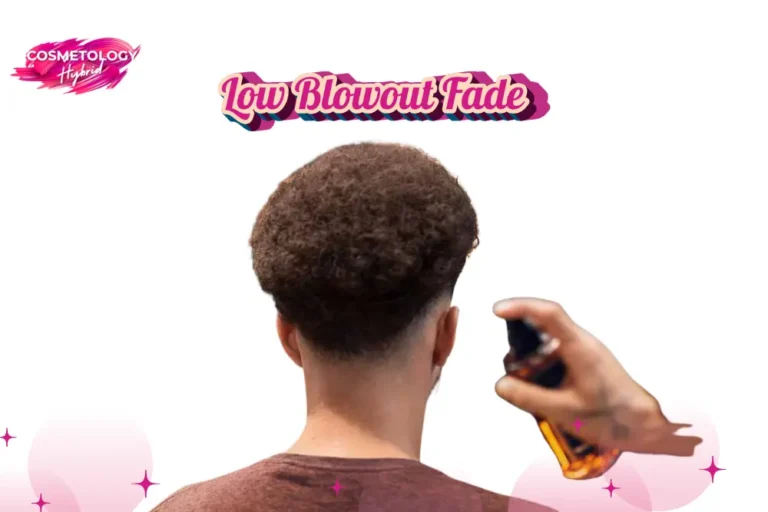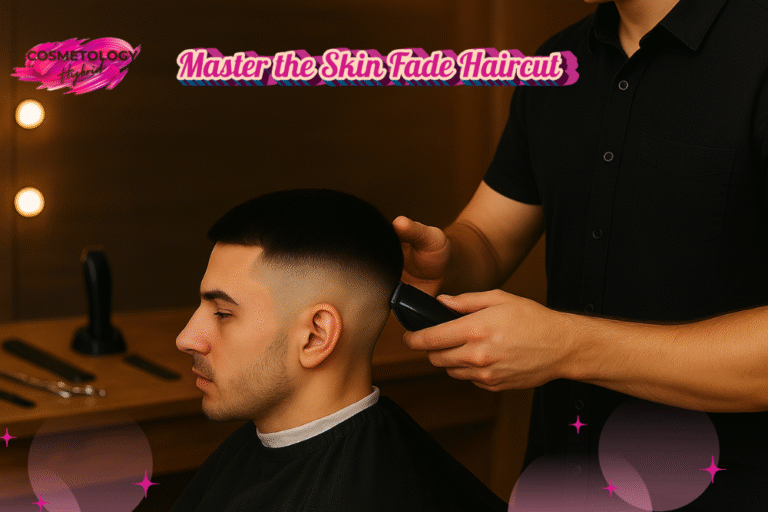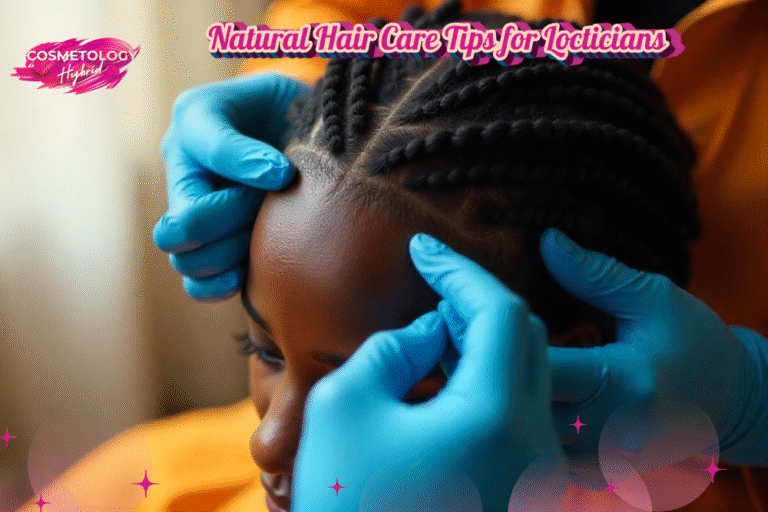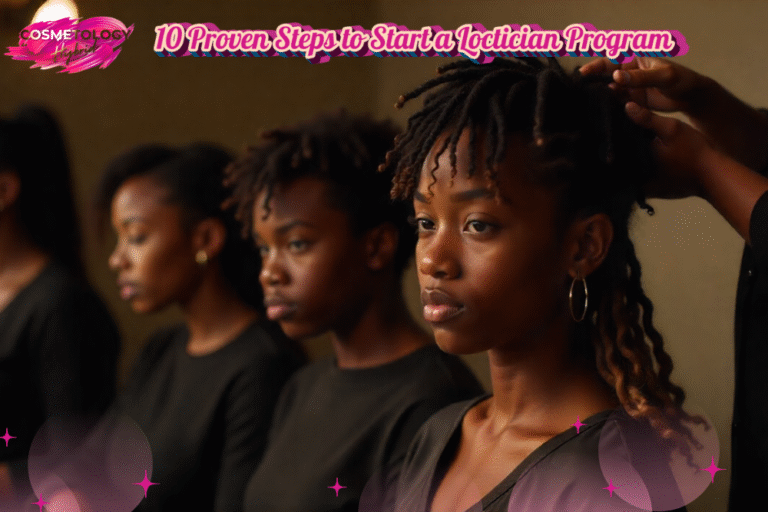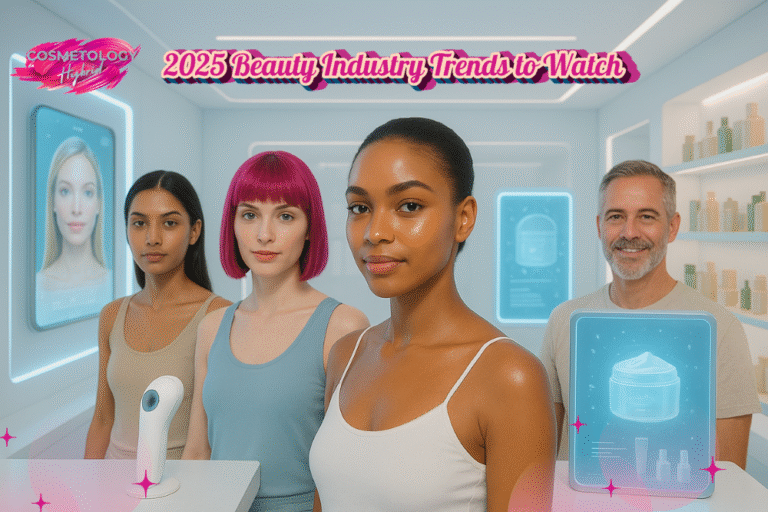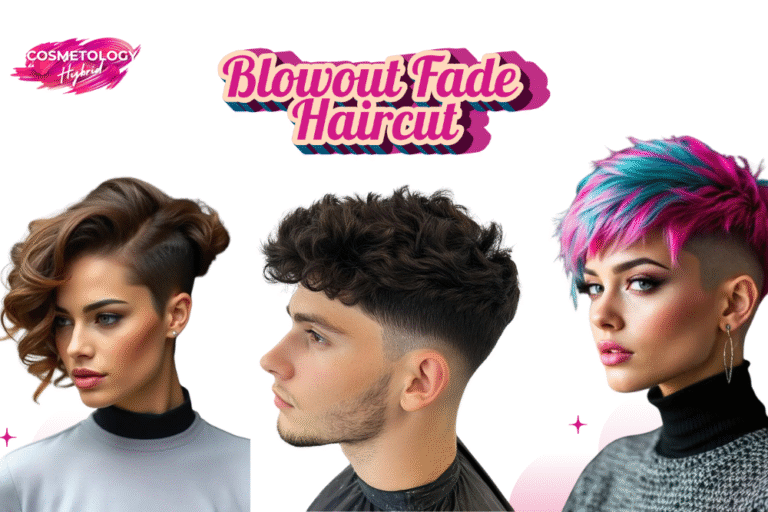A lot of people try DIY skincare hoping for fast results, but end up with irritation or no improvement at all. The truth is, good skin takes more than guesswork and trending products. That’s where professional esthetics training comes in.
At esthetics school, students combine science with hands-on practice. They learn how skin really works, how to choose treatments safely, and how to deliver results clients can trust. Let’s break down the core skincare techniques every esthetics student masters and why they matter for your future career.
The best skincare techniques taught in esthetics school combine science and hands-on practice. Students learn product chemistry, sanitation, and professional facial techniques that reduce risk and yield results. Training turns guesswork into repeatable skill and teaches how to read skin with tools and touch.
Why Esthetics Training Matters for Modern Skincare
Here’s the thing, training builds reliable skill and clinical judgment. Students master professional facial techniques that improve outcomes and reduce complications. Training also teaches communication. That matters when you explain regimens and set expectations for clients.
Esthetics classes blend lecture and hands-on practice to form competence. You study esthetics school curriculum in anatomy, product chemistry, and client care. Labs use skin analysis tools so students learn to spot barrier damage and select safer treatments.
How professional techniques differ from at-home skincare
Professionals use measured concentrations, timing, and neutralization to control outcomes. Clinical tools and protocols replace guesswork common in DIY routines. Estheticians layer actives with skin barrier protection. That explains why skincare techniques taught in esthetics school produce steadier, safer results than home kits.
The Foundation: Cleansing and Exfoliation Methods
Start here, because proper cleansing sets every treatment up for success. Good cleansing removes oil, sunscreen, and pollution without stripping lipids. Esthetics training emphasizes skin type reading and exfoliation and cleansing techniques tailored to each client.
Exfoliation choices rely on assessment and goals, not trends. Students learn mechanical options and chemical peels, and they practice safe timing. That microdermabrasion training plus hands-on skill prevents over-exfoliation and maintains skin health.
Manual exfoliation vs chemical exfoliation in esthetics training
Manual methods remove dead cells immediately with tools or gentle scrubs, while chemical exfoliants dissolve bonds over time. Estheticians pick methods by skin thickness, sensitivity, and inflammation. Training teaches neutralization, integration with other actives, and when to pause treatments.
Hydration and Moisture Balance in Esthetics Programs
Hydration is not just moisturizer, it is barrier science and ingredient mixing. Esthetics programs teach humectants, occlusives, and emollients, and when to pair them. This training builds routines that restore function and lower transepidermal water loss.
Students learn to use hydration treatments for dry skin like hyaluronic infusions and barrier repair masks. They also study post-procedure hydration plans to speed recovery and extend benefits after LED or peel sessions.
Professional treatments for restoring skin hydration
Clinics combine topical infusions with device-assisted delivery for deeper, durable hydration. LED and gentle microcurrent support barrier repair while masks lock in moisture. Estheticians learn timing and sequencing to avoid ingredient conflict and to maximize persistence of results.
Case study, a small clinic saw faster healing when they paired LED sessions with hyaluronic infusions. Clients reported improved texture within two weeks.
Anti-Aging Techniques Taught in Esthetics Schools
Anti-aging in esthetics focuses on stimulation, repair, and protection. Training shows how to sequence exfoliation, collagen stimulation, and nourishment to support visible improvement. Students learn protocols for gradual, measurable change instead of quick fixes.
Programs include anti-aging esthetic procedures such as low-level light therapy and massage techniques for lymphatic drainage. The coursework stresses realistic outcomes and combined modalities for longer lasting benefits.
Massage, microcurrent, and LED therapies explained
Massage improves circulation and product absorption, microcurrent tones facial musculature, and LED targets cellular repair. Each method has clear goals and contraindications. Estheticians learn to combine these safely, and to track progress with photos and measurements.
Acne Management and Skin Healing Treatments
Acne work is layered, clinical, and patient. Estheticians diagnose type and severity then design topical regimens, light therapy, and extraction protocols. Education covers inflammation control and how to avoid scarring through correct technique.
Students train with blue light, salicylic protocols, and gentle extraction. Treatment plans emphasize consistent home care and follow up. This staged approach reduces flare cycles while building client trust and compliance.
Non-invasive approaches used by estheticians
Non-invasive acne care uses topical retinoids, salicylic regimens, and light therapy with limited downtime. Estheticians learn when to refer to dermatology for severe cases. The goal is steady improvement sustained by education and proper product timing.
Advanced Skincare Technologies in Esthetics Training
Technology amplifies what hands can do, when applied correctly. Courses cover devices, safety parameters, and operator technique for microdermabrasion, radiofrequency, and LED. Proper operator control prevents injury and maximizes results.
Training ties device use to indications. It teaches microdermabrasion training and device settings for skin thickness and condition. That foundation lets estheticians pick the right tool for the right skin.
Microdermabrasion, chemical peels, and dermaplaning
Microdermabrasion mechanically resurfaces with minimal downtime, chemical peels use acid depth to renew layers, and dermaplaning removes vellus hair and dead skin. Each has timing rules, client prep steps, and post-care essentials students must master.
| Treatment | Downtime | Best for | Skill note |
| Microdermabrasion | Low | Rough texture, mild photoaging | Operator control matters |
| Chemical Peel | Variable | Pigmentation, moderate wrinkles | Depth selection is key |
| Dermaplaning | Minimal | Vellus hair, smooth finish | Must protect against cuts |
The Role of Skin Analysis in Personalized Treatments
Skin analysis is assessment before action, not guesswork. Esthetics classes teach observation, palpation, and instrument reads to form a treatment map. Students learn to create staged plans that match skin biology and lifestyle.
Devices and observation combine to reveal barrier status, hydration, and comedones. By using skin analysis tools and client history, estheticians design short term and maintenance plans that work in real life.
Using tools and observation to design custom plans
A plan pairs active treatments with home care and recovery steps. Students learn to build schedules that fit clients and to adjust plans after each visit. This personalized approach increases compliance and long term results.
Career Benefits of Mastering Skincare Techniques
Mastery converts skill into income, reputation, and steady clients. Estheticians who can deliver repeatable outcomes command better bookings, and referral growth. Training in advanced techniques expands service menus and revenue streams.
Students who balance work and study learn to schedule clients efficiently while building experience. Practical tips cover scheduling clients around school and strategies to maintain work school life balance for cosmetology students so quality does not suffer.
Why estheticians with advanced skills earn more clients
Clients hire experts who show consistent results and offer clear aftercare. Advanced skills create upsell opportunities, higher price points, and loyal clientele. Word of mouth and targeted promotions translate skill into sustainable bookings.
Quick AEO Q and A for Voice Search and Snippets
A5, They plan shifts, block time for study, and use flexible booking to Q1, What is the most important esthetics technique for healthy skin?
A1, Proper cleansing and correct exfoliation set the base for all treatments.
Q2, How long before I see results from professional hydration treatments?
A2, Many clients notice texture change within a week and clearer hydration in two weeks.
Q3, Can estheticians safely use chemical peels after training?
A3, Yes, with certified training, controlled depth, and correct neutralization protocols.
Q4, Which tech helps aging skin without surgery?
A4, LED plus microcurrent and staged peels reduce lines while preserving barrier health.
Q5, How can students manage clients alongside classes?
balance load.
Practical Facts Table
| Fact | Fast insight |
| Typical clinic training hours | 300 to 600 hands-on hours in many programs |
| Common entry skills | Sanitation, client intake, basic facials |
| Expected first-year progression | Move from assistant tasks to full treatment ownership |
Final Thoughts
Choosing a career in esthetics means more than learning facial techniques—it means becoming a trusted guide for clients who want healthier, younger-looking skin. By mastering cleansing, hydration, anti-aging, acne care, and advanced technologies, students graduate with the confidence to deliver consistent results and build loyal client relationships.
At Hybrid Cosmetology School, our esthetics training program is designed to prepare you for that future. You’ll gain the scientific knowledge, hands-on practice, and professional skills needed to stand out in the beauty industry. If you’re ready to start your journey toward a rewarding career in skincare, now is the time to take the first step and enroll.
